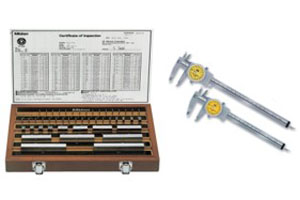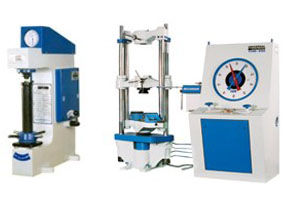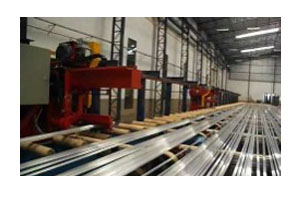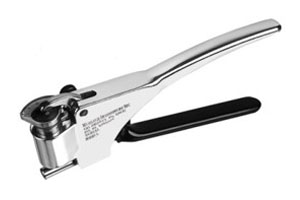Why Us
PROUD to make in INDIA

Quality Process

Step 1: Alloy Testing
Every alloy batch is tested using Spectrometer and Specific gravity to ensure accurate chemical composition.

Step 2: Extrusion Measurement
Every fifth billet is checked using Dial Vernier and Slip Gauge to test profile adherence to drawing specifications.

Step 3: Strength Testing
Universal Testing Machine is used to test the breaking stress of the extruded profile. Additionally, Rockwell Hardness Tester is used to measure die hardness.

Visual inspection is conducted at finishing saw to ensure smoothness of finish, integrity of grooves, and accuracy of length.

Post Ageing, hardness of the profile is tested using a Webster Tester to ensure strength of screw pitches if used for fabrication.
Turnaround Time
We have one of the shortest dead-cycle time in the industry allowing us to produce finished goods at break neck speed. Furthermore, the central location of our plant allows us to deliver to both domestic and international markets faster than anyone else.
Domestic Market
Located 40 kilometers away from South Bombay and Navi Mumbai, we enjoy excellent road connectivity to country ‘s commercial capital
Export
We possess export license and are the closest extrusion plant to JNPT
Quality Die Room
Fully equipped die-room complete with Spanish made AJAX milling machines, allows us to quickly rectify die issues and maintain customer specifications
Economical Rates
Our manufacturing process is based on modern machinery, supported by efficient purchasing and digital monitoring which reduces the overall cost
Automated plant
From melting furnace to product shipment, have automated most of the processes to reduce human interaction, thus reducing operating cost.
Location
Our office at Nariman Point, Mumbai; provides access to worldwide financial markets and we are the closest plant to India’s biggest seaport. Hence we are able to purchase the cheapest aluminium ingots available worldwide at the lowest transport cost.
Smart plant
We digitally collect operational and stock data at 32 data points within the plant. This increases productivity and prevents emergency procurement further reducing operational cost.

